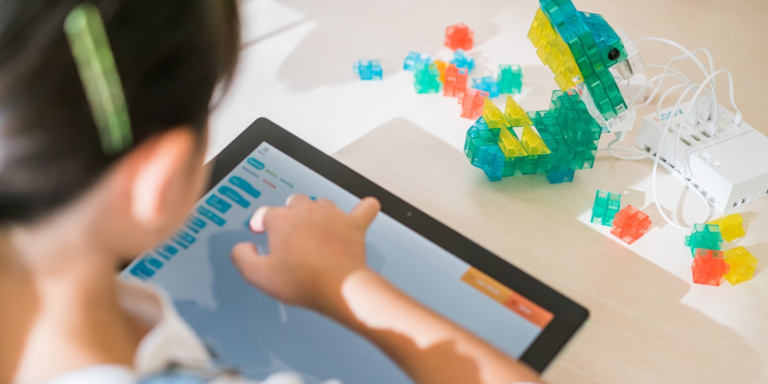Education is changing fast. New ideas are shaping the way students learn in schools and colleges. Technology is playing a big role in these changes. From virtual classrooms to online courses, innovation is making education more exciting and accessible. This article will explore some of the key innovations that are transforming education today.
Online Learning Platforms
One of the biggest changes in education is the rise of online learning platforms. Platforms like Coursera, Khan Academy, and edX are helping students learn from anywhere in the world. These platforms offer courses on a wide range of topics. You can learn subjects like math, science, art, or even coding.
Online learning allows students to study at their own pace. This is especially helpful for those who have busy schedules or live in areas where good schools are not available. Many universities are also offering online degrees. This makes it possible for students to earn a degree without going to a physical campus.
Virtual Reality in Classrooms
Virtual reality (VR) is another innovation changing education. With VR, students can explore new places without leaving the classroom. For example, students can visit historical sites, explore the human body, or even travel to outer space. All of this is possible with VR technology.
Virtual reality helps make learning more fun and interactive. It also gives students hands-on experience, which can help them understand complex topics better. Many schools are starting to use VR headsets for subjects like history, science, and geography.
Artificial Intelligence for Personalized Learning
Artificial intelligence (AI) is also making waves in education. AI is being used to create personalized learning experiences for students. With AI, teachers can understand the strengths and weaknesses of each student. This helps them create lessons that fit each student’s needs.
AI-powered tools can also help grade assignments and provide instant feedback. This saves time for teachers and helps students improve faster. AI chatbots are being used to answer common questions from students. They can provide quick help, which allows teachers to focus on more important tasks.
Gamification in Learning
Gamification is becoming a popular trend in education. This means turning lessons into games. It can make learning more enjoyable and motivate students to complete tasks. For example, students can earn points, badges, or rewards for finishing their assignments.
Games are used to teach math, reading, and even problem-solving skills. Students can compete with their classmates in a friendly way, which helps them stay engaged. This approach is especially helpful for younger students who may find traditional methods of learning boring.
Hybrid Learning Models
Another innovation is the hybrid learning model. This model combines both online and in-person learning. Students can attend some classes in person and complete other lessons online. This flexible model is becoming more common in schools and colleges around the world.
Hybrid learning is helpful for students who prefer a mix of online and classroom experiences. It also allows schools to save space and resources. During the COVID-19 pandemic, many schools adopted this model to continue teaching while keeping students safe.
Smart Classrooms
Smart classrooms use technology to enhance learning. In these classrooms, teachers use smart boards, tablets, and interactive displays to teach. Students can access digital textbooks and learning materials with just a click. Smart classrooms also allow teachers to track student progress in real-time.
Many schools are now replacing traditional blackboards with smart boards. These boards allow teachers to display videos, animations, and presentations. This makes learning more dynamic and interactive for students.
Adaptive Learning Software
Adaptive learning software is another innovation helping students learn at their own pace. This type of software adjusts the difficulty of lessons based on a student’s performance. If a student is struggling, the software will provide easier questions. If the student is doing well, it will offer more challenging tasks.
This personalized approach helps students build confidence and master skills step by step. Teachers can also use the software to identify areas where students need more support.
Conclusion
Innovation is changing the way students learn. Online platforms, virtual reality, AI, and gamification are making education more accessible and engaging. These new tools and methods are helping students learn faster and in more fun ways. As more schools adopt these technologies, education will continue to evolve. The future of learning is bright with endless possibilities for students and teachers alike.

